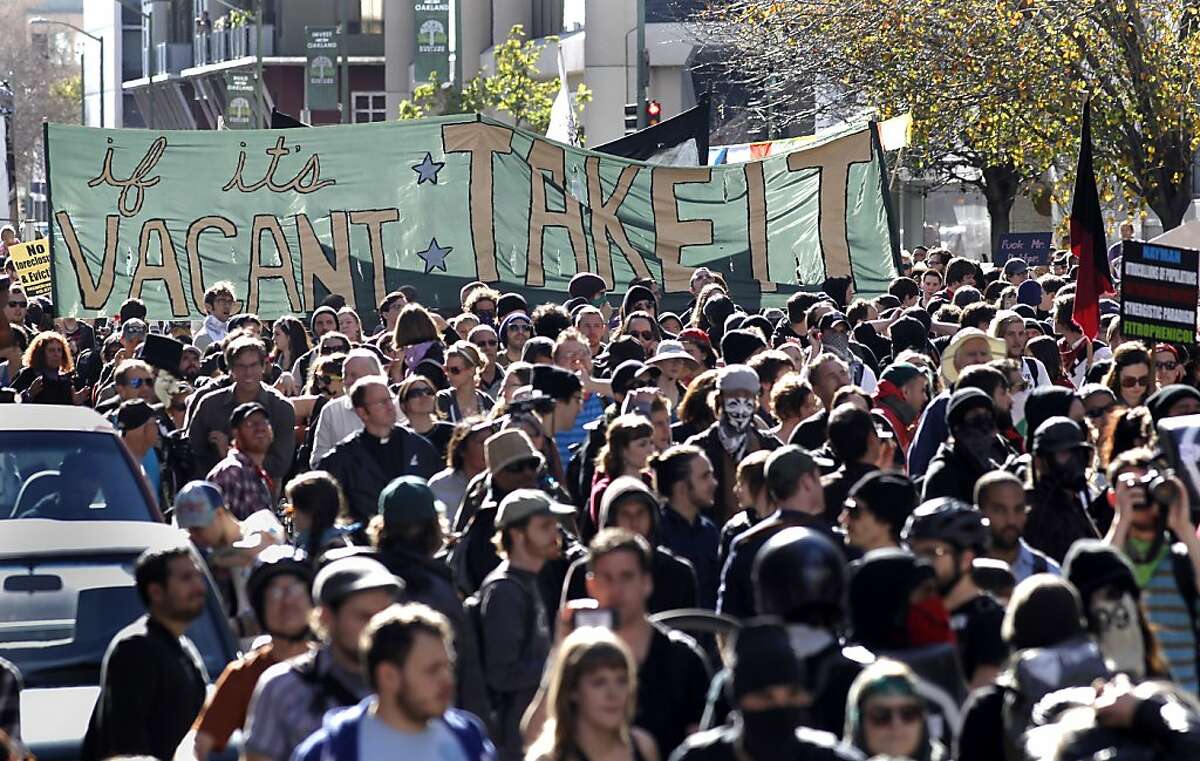
The word “consensus” comes from the Latin word literally meaning “feel together”.
The point of consensus decision making is to reach a decision while bringing people together and ensuring everyone involved feels a part of the end decision. This is very different from what we’re used to where the Democrats and Republicans each fight to 50.1% of the vote, leaving the other 49% feeling generally disenfranchised.
Act Up New York, gives this excellent explanation of the differences between voting and consensus decision making:
“Voting is a means by which we choose one alternative from several. Consensus, on the other hand, is a process of synthesizing many diverse elements together.
Voting is a win or lose model, in which people are more often concerned with the numbers it takes to “win” than with the issue itself. Voting does not take into account individual feelings or needs. In essence, it is a quantitative, rather than qualitative, method of decision-making.
With consensus people can and should work through differences and reach a mutually satisfactory position. It is possible for one person’s insights or strongly held beliefs to sway the whole group. No ideas are lost, each member’s input is valued as part of the solution.”
http://www.actupny.org/documents/CDdocuments/Consensus.html
Occupy Oakland’s GA makes decisions by what they call a “modified decision making process”, but it is really nothing more than a vote with a high super-majority required (90%). It doesn’t really solve any of the problems with democracy, plus it creates some new ones.
The first problem is the decision making model still has the problems with any voting system, where any controversial vote becomes more about winning and “your side” then togetherness. Occupy Oakland GA process is especially tied to this form of confrontation with a pro/con debate held before each vote. The very nature of such a debate is about divisiveness, not togetherness.
At one point, this pro/con section of the GA was voted down and changed to “constructive feedback”. It would be a time where everyone would be encouraged to give suggestions on how a proposal could be improved, rather than trying to prove their side right. Had this been done properly, it would have been a big step forward in creating togetherness. But instead it was quickly forgotten and the facilitation team, possibly unintentionally, went back to pro/con debates, shifting back toward a default, confrontational (dysfunctional) mode of working.
The second problem is that while the 90% super-majority requires a vast majority of the group to pass a proposal, it also requires the vast majority of the group to undo any mistake. A proposal could be put forward with misleading information. The day after it passes, the truth comes out, and support drops to 40%. At this point, there is no remaining consensus to support the proposal But this bad proposal would stand and all of Occupy Oakland would bound to follow it.
What this has actually meant to Occupy Oakland is that there were decisions made early on which many, probably a majority of occupiers (at one time) disagreed with, yet it was impossible to undo these things, and the entire history of OO has been impacted by them.
The biggest problem with Occupy Oakland decision making though is one of “culture”. Even those who describe themselves as “radicals” are indoctrinated in our standard system of making decisions through conflict (voting), and that’s what they default to. If consensus is going to work, there needs to be a true cultural shift in within Occupy Oakland where every controversial decision is approached from the beginning with an idea of “how can we solve this together?”
Here are some examples of where OO decision making has gone wrong:
a) In a series of votes for non-violence, there was no longer consensus to support diversity of tactics, yet it could not be overturned.
b) The decolonization vote had a majority, but not enough of a super-majority to pass. This was a “cultural” problem where the two sides absolutely did not feel “together” in working to find a solution. It ended with the pro-decolonize people feeling betrayed because their majority was not enough.
c) Most recently, the media team dissolved by a proposal which had absolutely nothing to do with “togetherness”. It was a proposal entirely about power and control.
What all of these votes have in common is that all of them show problems with Occupy Oakland’s consensus model, and all of them caused people passionate about the global occupy movement to leave Occupy Oakland.
In a movement supposedly about unity, togetherness, and the 99%, Occupy Oakland cannot have a decision making model which alienates Occupiers and causes them to leave the group. Occupy Oakland needs a new model. Small gradual fixes have failed, so a complete overhaul seems to be the only way of fixing things at this point.
This is only one view, but here are my suggestions:
1) The process for undoing decisions which no longer have consensus needs to be much easier. If a straw poll shows that only 50% of the group supports something, it clearly no longer has consensus.
2) Pros and cons need to be abolished as they are about creating division, not togetherness. The real focus during decision making needs to be put squarely on identifying and solving the concerns people have raised about a proposal.
3) There needs to be a major cultural shift in how Oakland Occupiers thinks about decision making. A description of the hand signals is not enough of an introduction to how consensus works. Ideally, all occupiers would go through real consensus training. And I know that it’s drastic, but perhaps all occupiers should be forced to go through a training in how consensus works _before_ they participate in a GA.
Note – these are largely things I’ve said before, but they’re in need of being said again.








